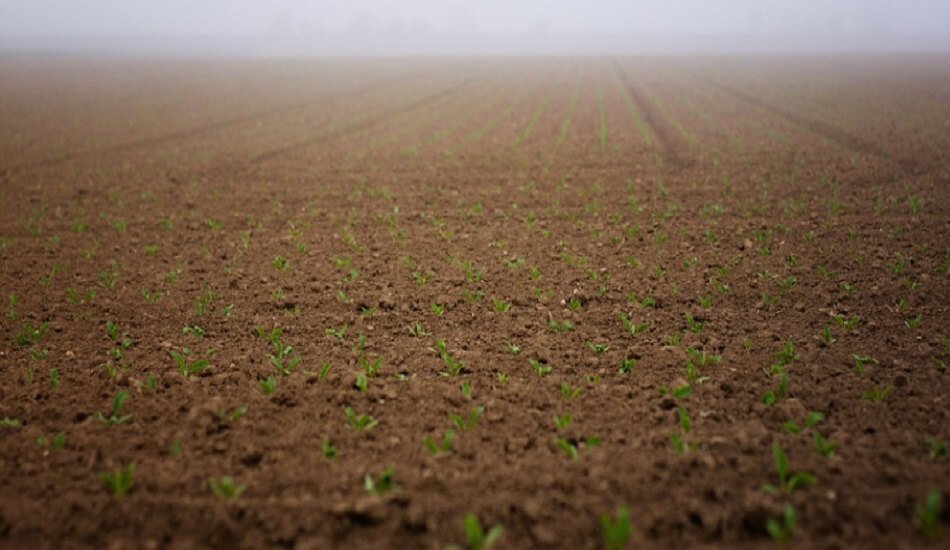GM mustard was sown in six field trial plots just days before the SC heard a petition against it.
ICAR’s research center, DRMR, has planted the genetically modified (GM) mustard hybrid DMH-11 in six field trial plots to see how well it grows and yields. This was done just days before a petition was filed in the Supreme Court challenging the biotech regulator GEAC’s decision to allow the DMH-11 to be “released” into the environment.
In a meeting on October 18, the Genetic Engineering Appraisal Committee (GEAC), which is part of the Union Ministry of Environment, Forestry, and Climate Change, recommended that the DMH-11 seed be released into the environment for trials, demonstrations, and seed production under the close monitoring of the Indian Council of Agricultural Research (ICAR).
Also Read | Permission for GM mustard is based on strict rules: Centre to Supreme Court
Dhara Mustard Hybrid (DMH-11) is a hybrid seed developed by the Delhi University Centre for Genetic Manipulation of Crop Plants. Its release into the environment has caused a big fight between scientists, farmers, and activists. The group that doesn’t like GMOs has gone to the Supreme Court.
Directorate of Rapeseed-Mustard Research (DRMR) spokesman P K Rai told PTI: ‘We got the seeds on October 22, and on November 3, a case was set for the highest court. During this time, the seeds were already planted in field test plots to measure the yields.’
Two kilograms of DMH-11 seeds were sent to DRMR. The group doing the research had planned to use 50 grams of seeds at each of eight field trial plots, but they could only plant in six places. He said that it didn’t grow in the other two places since the matter was set to be heard on November 3.
He also said that 600 grammes of seeds had already been planted in two demonstration plots.
Rai says that the DMH-11 seeds were planted because the ICAR, which is based in the national capital, told them to do so. ‘No more planting has been done since November 3,’ he added.
Rai said that the developer has only done the Biosafety Research Trial (BRL)-II of the DMH-11 hybrid seed in a protected environment in a few places in India so far. He was explaining what the purpose of field trials was.
The trial for BRL-II took place in a controlled setting. Now that it has been released into the environment, it will be tested in open fields under the watch of the DRMR to see how well it performs in different places, he said.
When asked if it’s true that DHM-11 gives 25–30% higher yields than other varieties, Rai said: ‘India has never looked at how well DMH-11 makes yields. It is hard to say if this GM hybrid variety is better than the ones already on the market before field trials are done.’
The evaluation of yield is done at three different levels and in three different seasons. Instant Hybrid Trial (IHT) is the first level. Advance Hybrid Trial-1 (AHT-I) and Advance Hybrid Trial-II (AHT-II) are the second and third levels, (AHT-II).
He said that the next level of trials is not done if the yield performance fails at the IHT level and does not meet the set standards. He also said that the ICAR follows strict rules for evaluating yield performance.
If DHM-II passes all three tests, the GM hybrid seed variety is ready to be put on the market, which happens after a proper scientific evaluation, he said.
Rai said that the DRMR cares more about the technology of DMH-11 than about how well it works.
‘As a scientist and head of the Directorate of Rapeseed Mustard Research, I see this as a technology we can use to create high-yielding varieties,’ he said.
Also Read | RSS’s farmer body BKS against GM Mustard, claims it could cause cancer
For example, if an existing variety gives a yield of 28–29 quintals per hectare, it can be turned into a high-yield hybrid by using this technology, he said.
The most popular types of mustard seed grown in the country are ‘Giriraj,’ ‘Pioneer 45S46,’ and ‘RBM-19.’
On about 8–9 million hectares of land in the country, mustard is grown. He also said that the technology would help develop high-yield varieties, increase the production of mustard seed and oil in the country, and make the country less reliant on imports.


















Add Comment